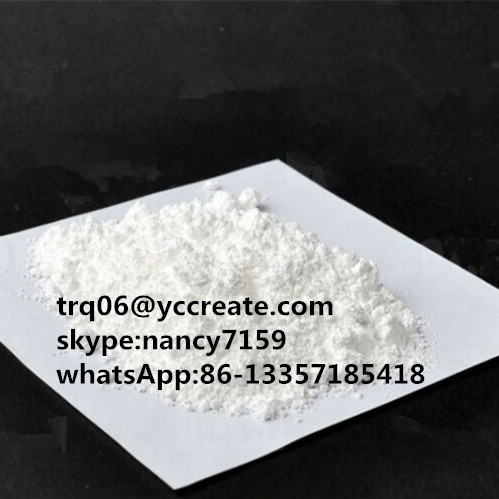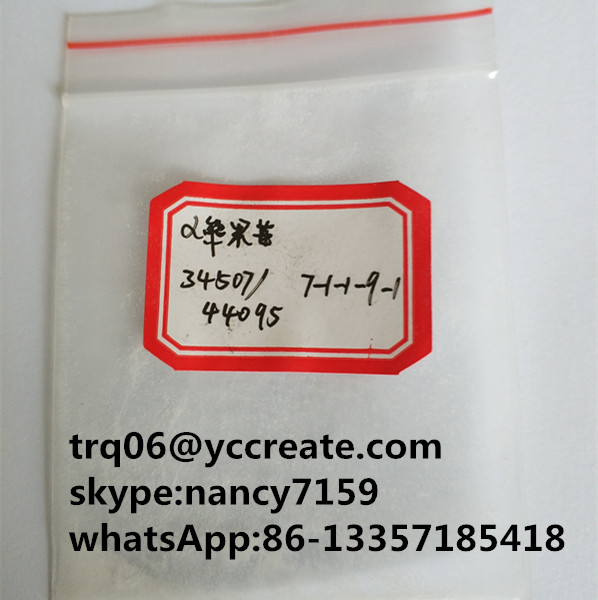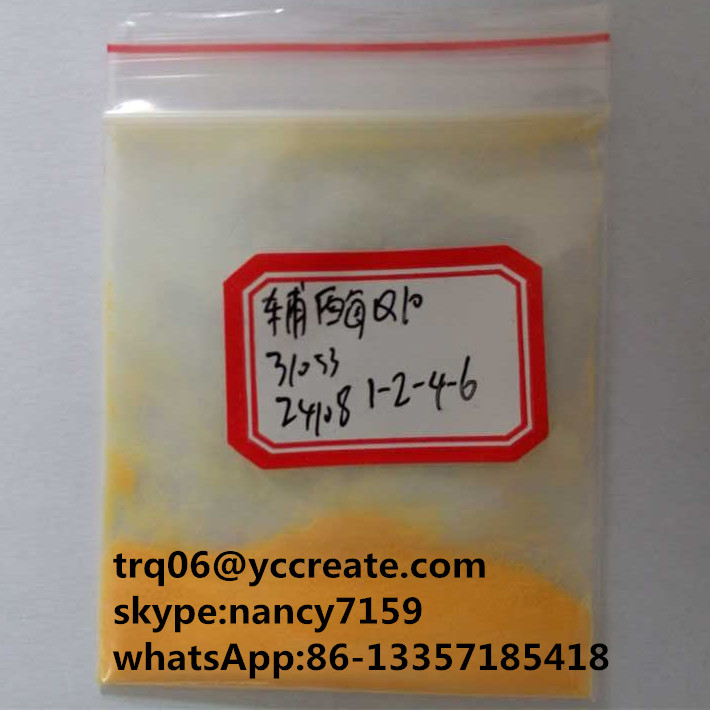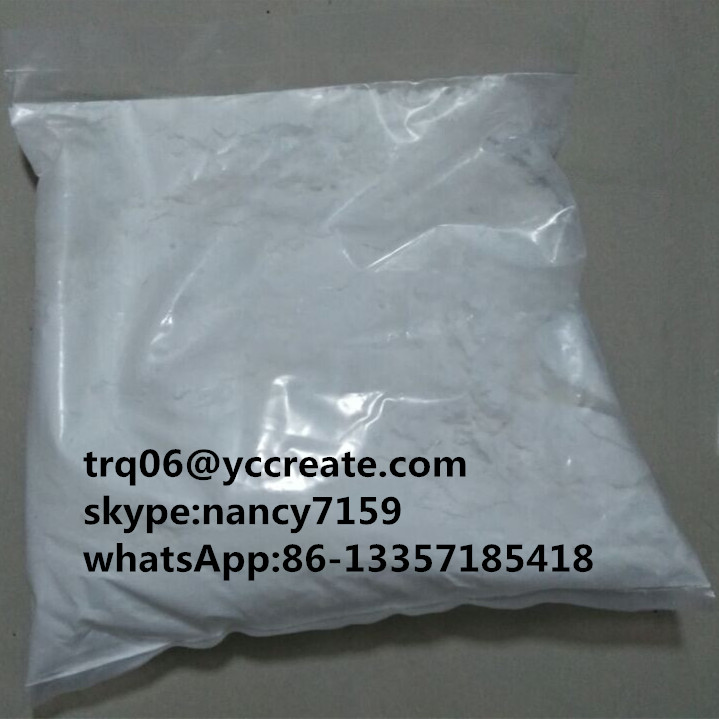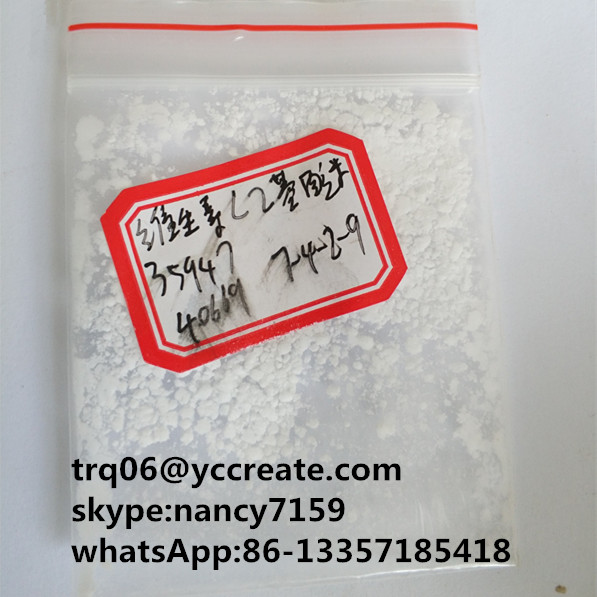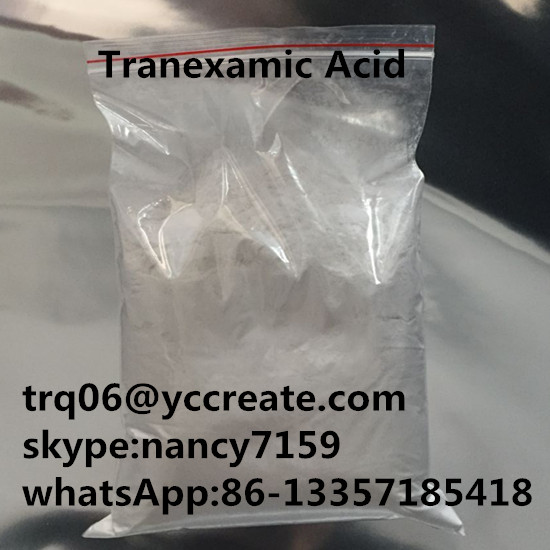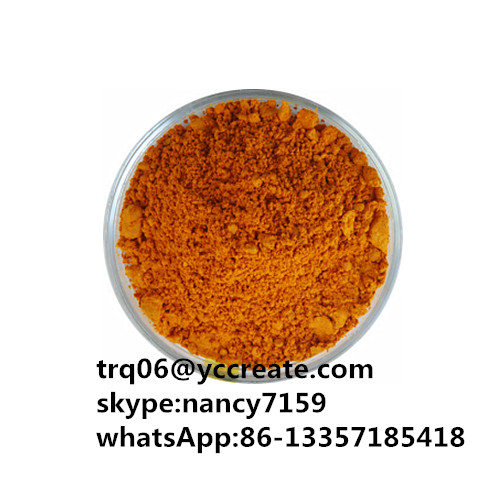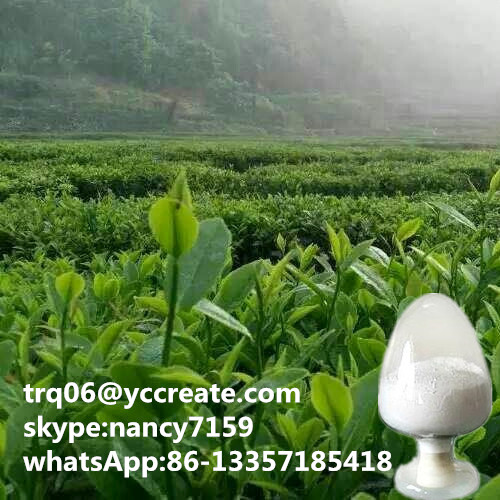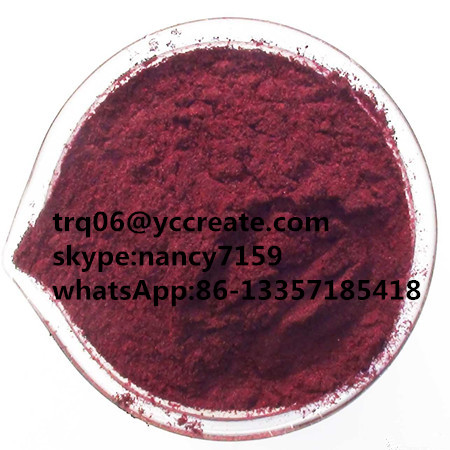99% Raw Glutathione Powder for Whitening
CAS:70-18-8
Einecs: 200-725-4
Mf: C10h17n3o6s
Purity:99%
Appearance:white powder
Grade:Medical grade and food grade
Standard:USP standard

Glutathione (GSH) is an important antioxidant in plants, animals, fungi, and some bacteria and archaea, preventing damage to important cellular components caused by reactive oxygen species such as free radicals, peroxides, lipid peroxides and heavy metals. It is a tripeptide with a gamma peptide linkage between the carboxyl group of the glutamate side-chain and the amine group of cysteine (which is attached by normal peptide linkage to a glycine).
Glutathione is not an essential nutrient for humans, since it can be biosynthesized in the body from the amino acids L-cysteine, L-glutamic acid, and glycine. The sulfhydryl group (SH) of cysteine serves as a proton donor and is responsible for its biological activity. Cysteine is the rate-limiting factor in cellular glutathione biosynthesis, since this amino acid is relatively rare in foods.
Usage:
Glutathione has multiple functions:
1:It is one of the major endogenous antioxidant produced by the cells, participating directly in the neutralization of free radicals and reactive oxygen compounds, as well as maintaining exogenous antioxidants such as vitamins C and E in their reduced (active) forms.
2:Regulation of the nitric oxide cycle is critical for life, but can be problematic if unregulated.
3:It is used in metabolic and biochemical reactions such as DNA synthesis and repair, protein synthesis, prostaglandin synthesis, amino acid transport, and enzyme activation. Thus, every system in the body can be affected by the state of the glutathione system, especially the immune system, the nervous system, the gastrointestinal system, and the lungs
4:It has a vital function in iron metabolism. Yeast cells depleted of or containing toxic levels of GSH show an intense iron starvation-like response and impairment of the activity of extramitochondrial ISC enzymes, followed by death
5:It has roles in progression of the cell cycle, including cell death.[GSH levels regulate of redox changes to nuclear proteins necessary for the initiation of cell differentiation. Differences in GSH levels also determine the expressed mode of cell death, being either apoptosis or cell necrosis.
